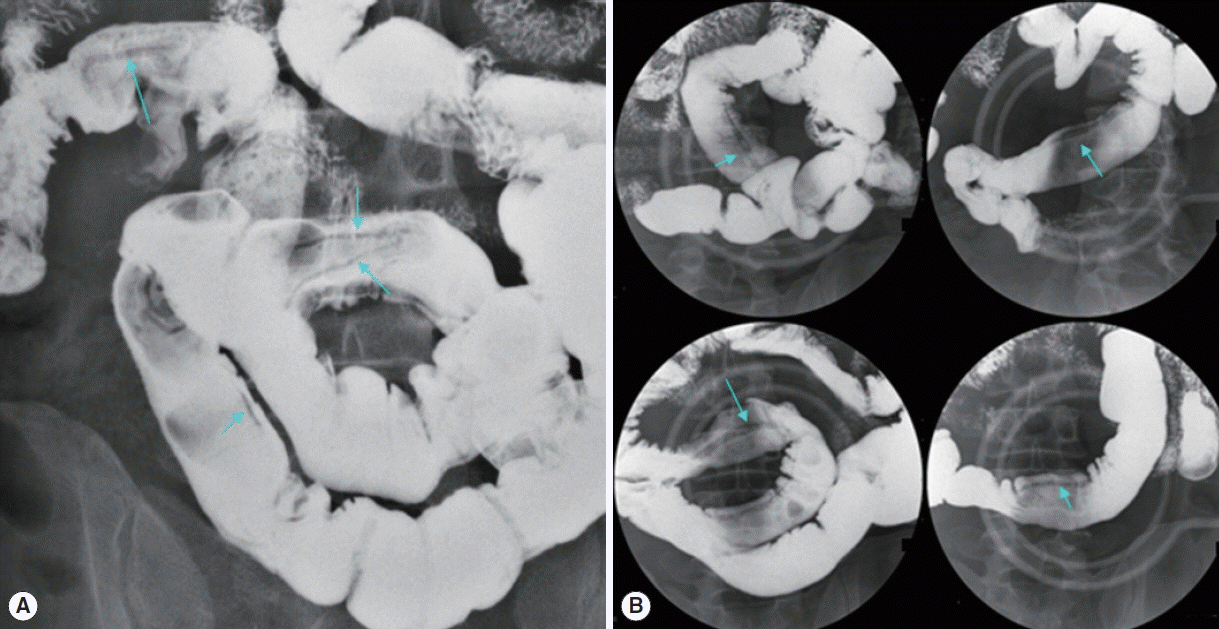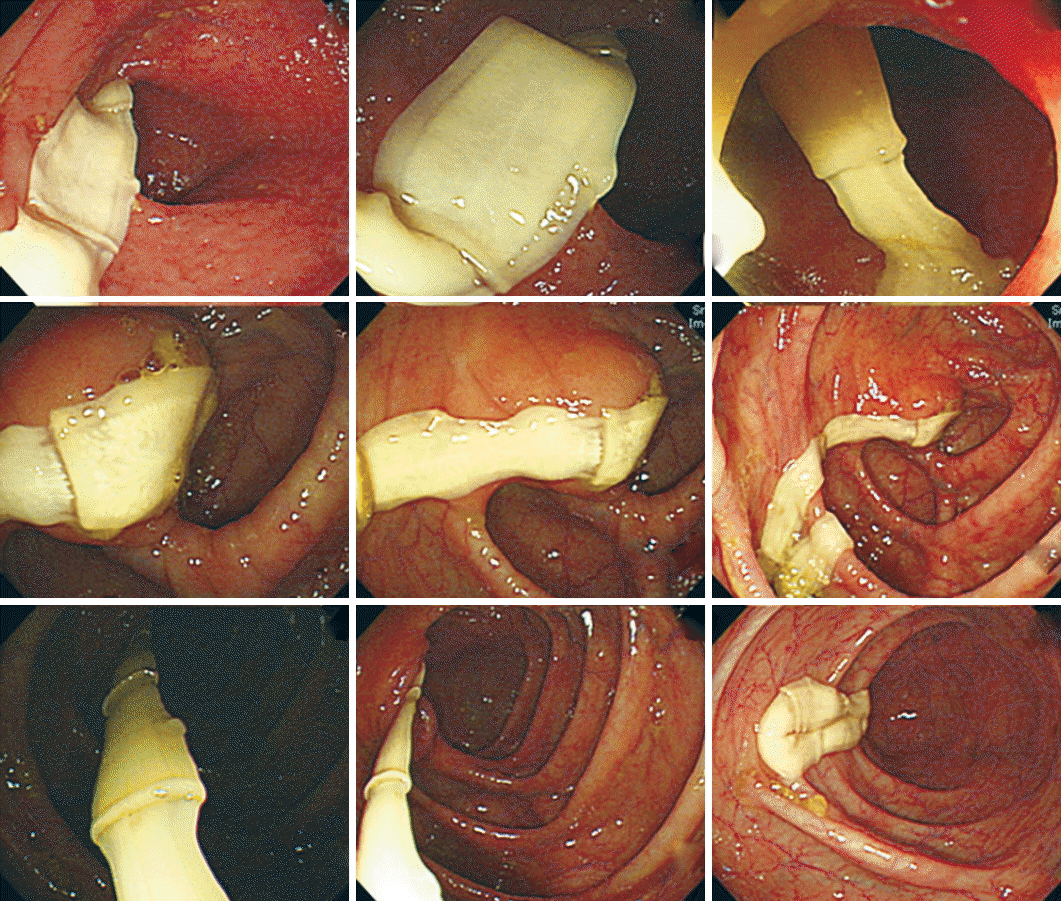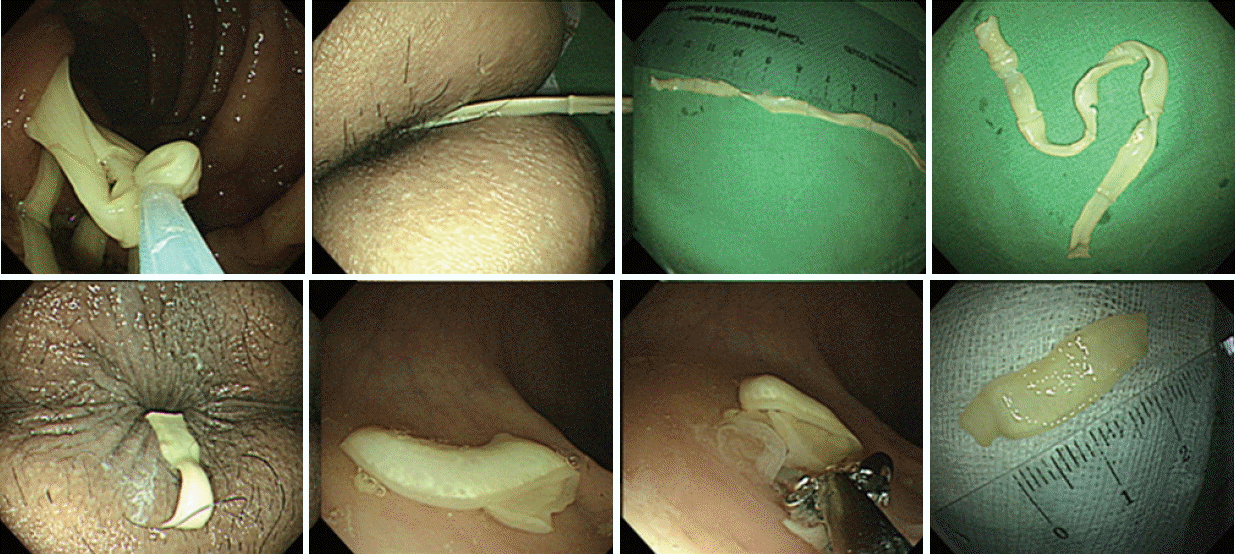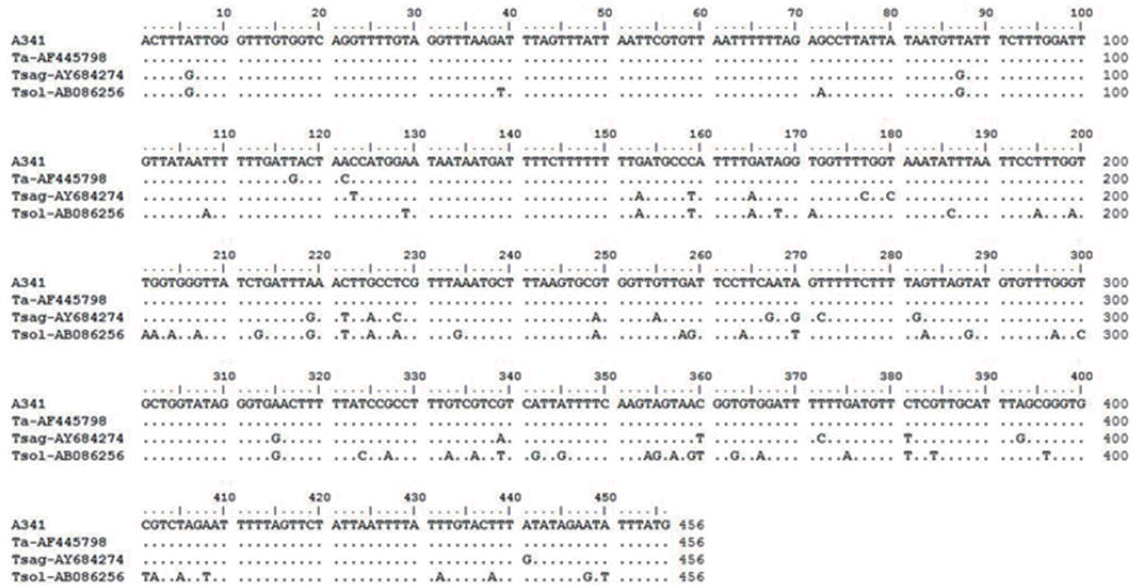INTRODUCTION
Human taeniases are intestinal infections by the adult tapeworm of Taenia solium, Taenia asiatica, or Taenia saginata. They are caused by eating raw foods of intermediate hosts, such as pigs (T. solium and T. asiatica) and cattle (T. saginata) [1]. Among these parasites, T. asiatica is the latest species found to infect humans, which has morphological characters, such as the existence of a rostellum, posterior protuberance, large number of uterine twigs, and wart-like formation on the larval surface [2]. T. asiatica is distributed in Asian countries, including Korea, China, Japan, Taiwan, Thailand, Vietnam, and the Philippines [3]. In Korea, this tapeworm is the dominant species and widely distributed, including Jeju-do (Province) [4]. The diagnosis of T. asiatica and differential diagnosis from other human Taenia tapeworms have been developed. It is now usually performed by molecular tools using various PCR methods [5]. However, reports of human patients infected with T. asiatica diagnosed by colonoscopy are scarce. In this report, we describe a patient infected with T. asiatica detected by colonoscopy; the species was confirmed by molecular analysis of the worm.
CASE RECORD
A 42-year-old man was admitted to a hospital due to daily spontaneous discharge of small pieces of mobile white flat objects. Those were seen during defecation or found on the panty early in the morning. He took several anthelmintics, such as albendazole, over 20 times for a year. However, there was no improvement of the manifestations. He had no other symptoms.
He had been diagnosed with chronic hepatitis B in his childhood. His grandmother advised him to eat raw pig liver regularly to improve the liver function. He also ate raw cattle liver at times. He visited China and South East Asia as a sailor in his third decades. He worked in a home-delivery service and still ate raw pig liver regularly. The vital signs and other physical examination at the initial visit were normal. The laboratory studies, including complete blood count revealed hemoglobin 13.3 g/dl, white blood cell count 9,100/mm3 (neutrophil 44.1%, lymphocyte 44.6%, monocyte 6.6%, eosinophil 8.3%, basophil 0.4%), platelets 196×103/mm3. The blood chemistry test reported total protein 6.9 g/dl, albumin 6.9/4.3 g/dl, total bilirubin 0.9 mg/dl, aspartate aminotransferase 20 IU/L, alanine aminotranseferase 19 IU/L, alkaline phosphatase 143 IU/L, fasting glucose 82 mg/dl, blood urea nitrogen 14.3 mg/dl, and creatinine 1.1 mg/dl. Serologic tests revealed HBs Ag/Ab (+/−) and HBe Ag/Ab (−/+). The stool examination showed no helminth ova or parasite and negative for occult blood.
To detect the tapeworm, a small bowel series study was performed. The scolex of the tapeworm could not be identified. However, several flat linear tape-like filling defects were seen from the proximal ileum (Fig. 1). Two more linear filling defects were observed in some regions; some were slender and others were thick. It was unknown whether they were overlappings of a single worm or more than 2 worms. To find out proglottids, the whole defecated stool materials were collected in the large film pouch. However, only 3 pieces of proglottids were collected.
Colonoscopic findings showed a milky whitish to slightly yellowish, long flat tapeworm from the ileum to the ascending colon. The proglottids revealed continuous waving motility, and many uterine branches were seen. The genital pore was located at the lateral end of each proglottid (Fig. 2). Uterine branches were well observed when they were passively adhered on the colonic haustra. At pulling the parasite by endoscopic snare, the proglottids looked like a typical bamboo joint appearance and increased opacity (Fig. 2). After slight pulling of the proglottids, the worm showed active mobility to resist the pulling force and then climbed up to the ileum. Total 12 cm proglottids were removed; the size of each proglottid was about 2.5×0.6 cm. Several pieces of proglottids remained on the rectum revealed wavy widen-and-narrow motility on horizontal plan (Fig. 3).
Based on these morphological results, the parasite was identified as Taenia sp. The patient was treated with praziquantel 1,200 mg (16 mg/kg) in a single dose after breakfast. The patient has been in follow-up for 5 years without recurrence. For genetic analysis, the PCR amplification and direct sequencing for the cytochrome c oxidase subunit 1 (cox1) target fragment (456-bp in length corresponding to the positions 67-522 bp of the cox1 gene) were performed using the total genomic DNA extracted from proglottids of the patient [6]. As a result, the cox1 sequences of the parasite showed 99% similarity to the references sequences of the Korean origin T. asiatica (GenBank no. AF445798) (Fig. 4).
DISCUSSION
It is rare to find a tapeworm by colonoscopy. Although several cases of taeniasis by colonoscopy had been reported [7,8], it did not precisely depict the parasite. The present case showed that colonoscopic findings as well as small bowel series may be useful for diagnosis of intestinal taeniasis.
The patient in this case often ate raw pork and raw pig liver that can cause infection with T. solium. However, the proglottids from this case revealed more than 20 lateral uterine branches, posterior protuberances, and active motility, which are characteristic features for T. asiatica rather than T. solium. In addition, most Taenia tapeworms in Jeju Province collected until 2005 were confirmed to be T. asiatica [4]. From these findings, it was strongly suggested that the tapeworm in this case would be T. asiatica even though the patient ate raw cattle liver also. In this study, we could not collect the scolex because it was difficult to recover proglottids at colonoscopy of this patient as well as after administration of praziquantel. The specific diagnosis was possible by genetic analysis of cox1 mitochondrial DNA sequences; the cox1 sequences of our specimen revealed 99% similarity with the reference sequences of the Korean origin T. asiatica (GenBank no. AF445798) and 95% similarity with the sequence of T. saginata (no. AY684274). The sequences of T. asiatica and T. saginata showed a 7% difference, while those of T. saginata and T. solium were differed by 15% in partial mitochondrial cox1. Taken together our findings, the Taenia species in this case was confirmed as T. asiatica.
The colonoscopy in this study was a useful diagnostic method enough to observe lateral uterine branches and genital pores of the proglottids. If the scolex is located at the distal small bowel, the colonoscopic examinations would be a more powerful tool to find and identify Taenia species. Small bowel series is relatively non-invasive and would be useful to detect the location of strobila. It will be a diagnostic tool of choice in cases of highly suspicious condition for taeniasis because it needs no bowel preparation, minimal invasiveness, and find strobila confined only in the small intestine.
In summary, we diagnosed a case of T. asiatica infection, who had eating habit of raw pig liver, using small bowel series and colonoscopy, and finally identified by mitochondrial DNA sequencing.










